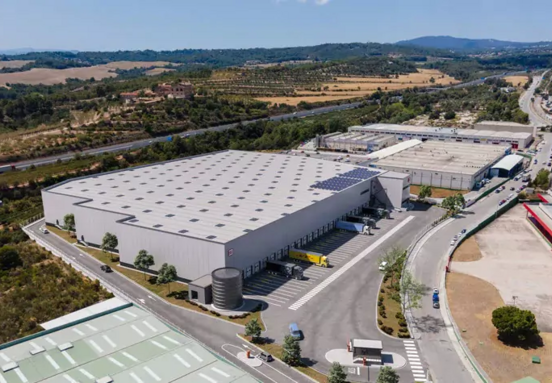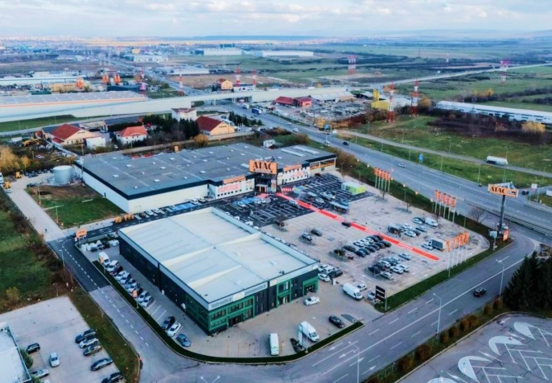Largest request will be generated this year too by the IT companies, as well as by the outsourcing companies, such as BPO/SSC, continuing the alert pace of deliveries which has registered last year the largest values in the last seven years.
Colliers’ data shows that from the total of 352,000 m2 of new offices, an area of 265,000 m2 will be delivered in Bucharest, the rest of 87,000 m2 being scheduled for delivery in other cities, secondary and tertiary.
„Taking into account the services industry development, which became the second big contributor to the GDP; we expect that this sector to bring the expansion of the office spaces in Bucharest and big university cities hubs, such as Iasi and Cluj-Napoca. Moreover, Timisoara and Brasov are prepared to develop new offices, considering the high demand from the engineering sector”, said George Didoiu, associate director within office department at Colliers International.
„While cities such as Iasi or Craiova need to develop their office spaces stock, Bucharest and Cluj-Napoca are focusing on improving the technical skills and Timisoara and Brasov on the workforce growth. If these issue were solved, we think that in Bucharest approximately 20,000 persons/year would be hired, which would determine an annual demand for offices of 160,000 sqm. Cluj-Napoca and Iasi might add approximately 50,000 sqm annually to the current stock,” said Didoiu.
Despite the fact that a large number of companies expanded in the latest years in Bucharest, Iasi (Accenture, Xerox, Amazon, Unicredit, Oracle), Cluj-Napoca (Arvato, Impact Hub, Sig Comiblock, Magneti Marelli), Timișoara (Continental, Huawei, HP) and Brașov (Tata, Continental, Siemens), the office market in Romania is still confronted with difficulties.
„While cities such as Iași or Craiova have to develop their office stock, Bucharest and Cluj-Napoca focus on the improvement of the technical knowledge and Timișoara and Brașov on increasing the work force availability. If those problems are solved, we would consider that Bucharest could hire nearly 20,000 persons per year, leading to an annual office request of 160,000 m2. On their turn, Cluj-Napoca and Iași could add to the existing stock nearly 50,000 m2 annually”, George Didoiu added.
In 2016, the office stock in Bucharest reached a total area of 2.1 million square metres, with a record value of new deliveries, 230,000 m2. Most prolific zones considering the new office developments were Floreasca-Barbu Văcărescu (13% from the total request), Dimitrie Pompeiu (17%) and centre-west (24%).
According to the analysts, those zones will keep in the future the developers and tenants’ interest, with a remarkable growth of the western zone, between the metro stations Semănătoarea-Orhideea-Politehnică and of the zone Expoziției Blvd- Piata PResei, considering the new metro line in construction, which will connect the area to the Otopeni Airport.
Rents will remain similar in 2017 compared to 2016, being situated in Bucharest between EUR 8-13 / sqm in northern Bucharest (Pipera-Dimitrie Pompeiu) and EUR 16-18 / sqm in Central Business District (Victoriei-Aviatorilor). (source: profit.ro)






